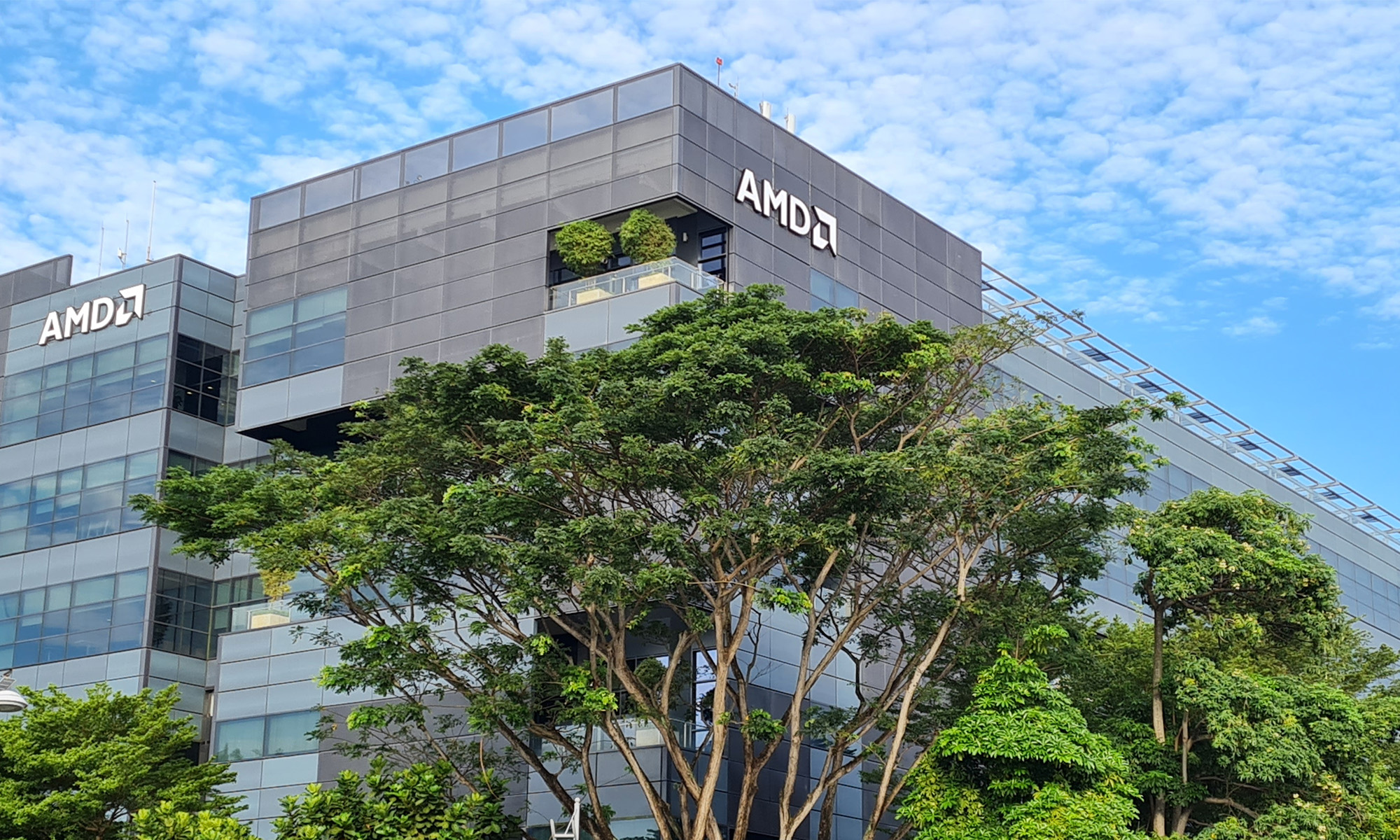It wasn't too long ago that the Fool article, "AMD Probably Lost Market Share in Q4" hit the feeds. The premise was rather simple. The PC market was down overall in the fourth quarter. And since AMD's (AMD +0.71%) competitor Intel (INTC 1.22%) reported that its PC revenues were flat on a year-over-year comparison during the quarter, the difference must have come out of AMD's revenue.
When AMD reported its earnings on Jan. 21, the results served to confirm this. AMD lost PC market share in the quarter, and it is set to lose share in first quarter of 2014 and likely the rest of the year.
Intel isn't kidding
When Intel's Kirk Skaugen, GM of the company's PC Client Group, presented at the Credit Suisse Technology Conference, the message was clear: Intel, which had ignored the low end of the PC market for many years, was finally serious about taking back share in this segment. Up until now, Intel hasn't had a low-cost, low-power part with which to successfully do battle with AMD's low-power products. But thanks to its tablet efforts with Bay Trail and its successors, Intel can finally profitably play in the low-end PC market.
This is devastating for AMD, since it has been largely driven out of the high end of the PC market and has been relegated to the low end and mid-range of the consumer market. While Intel is a pretty aggressive player in the mid-range, Skaugen noted that Intel had less than half of the sub-$399 PC market. While some may view this is as a victory for AMD, the reality is that Intel had not really focused on this market until now. With a product line specifically targeted for these low-cost, low-power systems, AMD is set to lose some pretty serious share.
Consoles and ARM servers -- the talking points
While the AMD management team likes to downplay the PC market, they do like to build pretty large expectations for their semi-custom/embedded businesses, as well as their newly minted ARM-based server chip business. As we've seen with the console business, the semi-custom business can actually be a pretty nice, stable source of income. This area does not make for particularly high operating margins, but it's a very long-tailed business.
However, what is worth being less optimistic about is AMD's position in micro-servers. This is a market where ARM (ARMH +0.00%)-based solutions are at an inherent disadvantage. The vast majority of the software in this space is designed, tuned, and validated for x86. While it's not inconceivable that ARM-based products will gain traction, they will need to be significantly differentiated in order to really gain a foothold. If AMD couldn't compete with Intel in the high end of the server market, what makes the low-power market any different?
Foolish bottom line
AMD is in a tough position. Over the course of 2014, Intel isn't going to make it easy on its competitor either in PCs or the dense server market.
AMD could pull a rabbit out of its hat -- or it could still end up going the way of Sun Microsystems and being acquired by a larger player. But it seems that the rest of the chip world, due to the relative ease of obtaining an ARM license, is getting along just fine without AMD. It'll be interesting to see what this company looks like in five years -- if it is, indeed, still a stand-alone entity by then.







